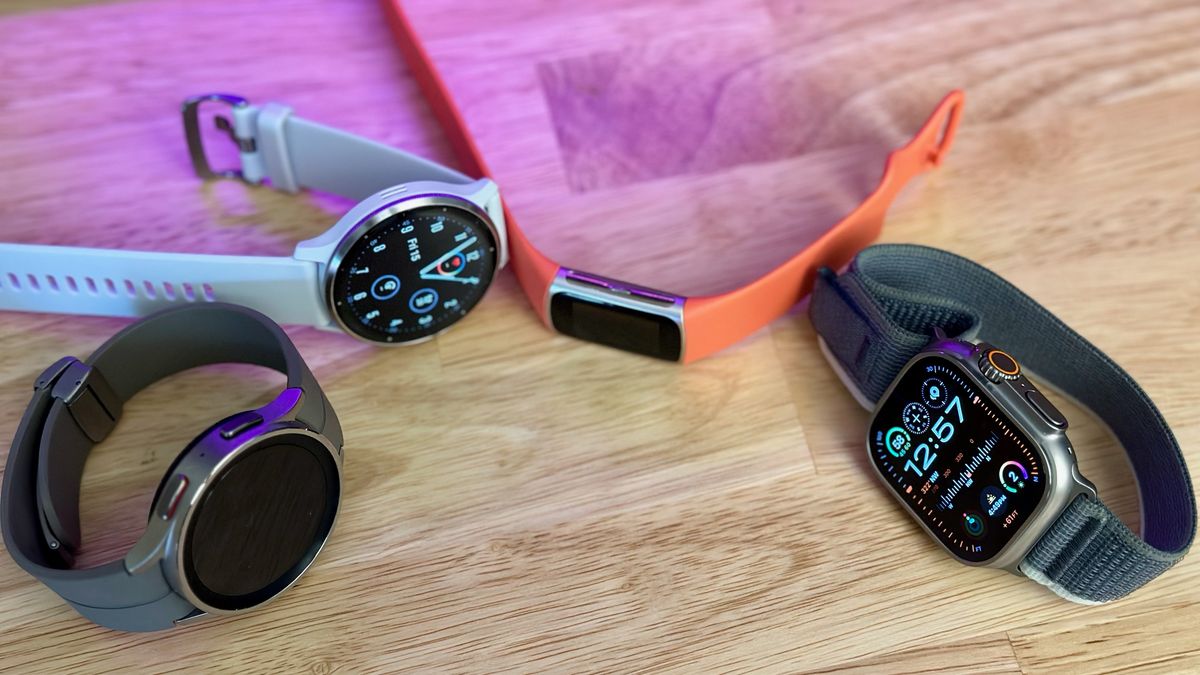How Smartwatches and Fitness Watches Are Heading for a Showdown in 2023

Smartwatches Get Faster, While Fitness Watches Get Smarter
2023 was an exciting year for the world of fitness tech, as major brands focused on enhancing the capabilities of their smartwatches and dedicated fitness watches. The main goal for these companies is to strike the right balance between performance, health data, and fitness tracking.
One significant development came from Google, which acquired Fitbit and incorporated its high-end sensors and fitness recommendations into the Pixel Watch 2. This allowed users to access fast performance and a wide range of apps while also receiving personalized workout recommendations based on fitness level and fatigue.
On the other hand, Apple introduced the Apple Watch Ultra 2, which caters to runners, cyclists, hikers, and divers with its targeted features. However, the watch’s limited battery life has been a drawback.
Samsung’s Galaxy Watch 6 also made significant strides in the fitness department, adding customized heart rate zones, fall detection, and body composition readings. The brand’s rumored launches of the Galaxy Fit 3 and Galaxy Ring further demonstrate its commitment to tapping into the fitness-tracking market.
For Wear OS watches, the focus has also shifted towards fitness, with the Mobvoi TicWatch Pro 5 offering a wide range of sports modes and recovery time recommendations.
Moreover, we’ve seen dedicated fitness watches incorporating AMOLED displays to improve user experience. The Garmin Venu 3, for instance, features a range of health sensors and a thin-bordered AMOLED display, making it a favorite among fitness enthusiasts.
However, despite these advancements, some companies have faced challenges in balancing smarts and fitness. Fitbit, for example, has been losing market share and attempted to compensate by adding Google apps to its Charge 6 model, but failed to make significant improvements on the fitness side of things.
Ultimately, the increasing focus on fitness features in smartwatches and the integration of advanced technology in fitness watches presents a conflicting situation. While it’s exciting to see these advancements, there are concerns about whether these efforts will dilute the core appeal of these devices to their respective audiences.
Anshel Sag, Principal Analyst at Moor Insights & Strategy, highlighted the growing popularity of fitness trackers among consumers who prioritize health over the myriad features offered by smartwatches.
As the industry continues to evolve, only time will tell whether these developments will truly benefit users or complicate the appeal of smartwatches and fitness watches.
